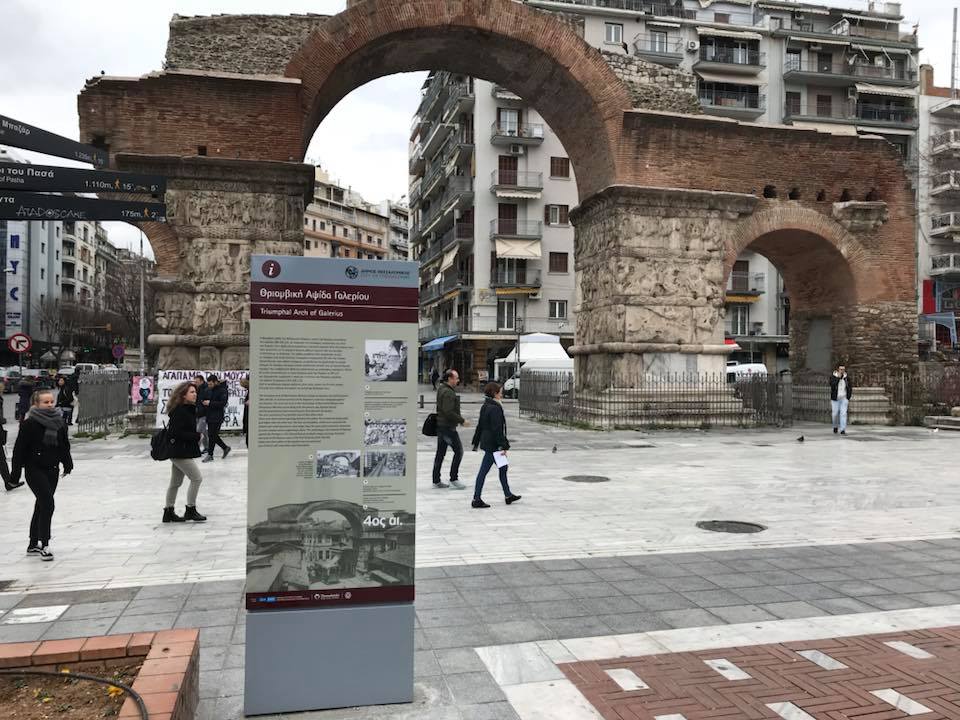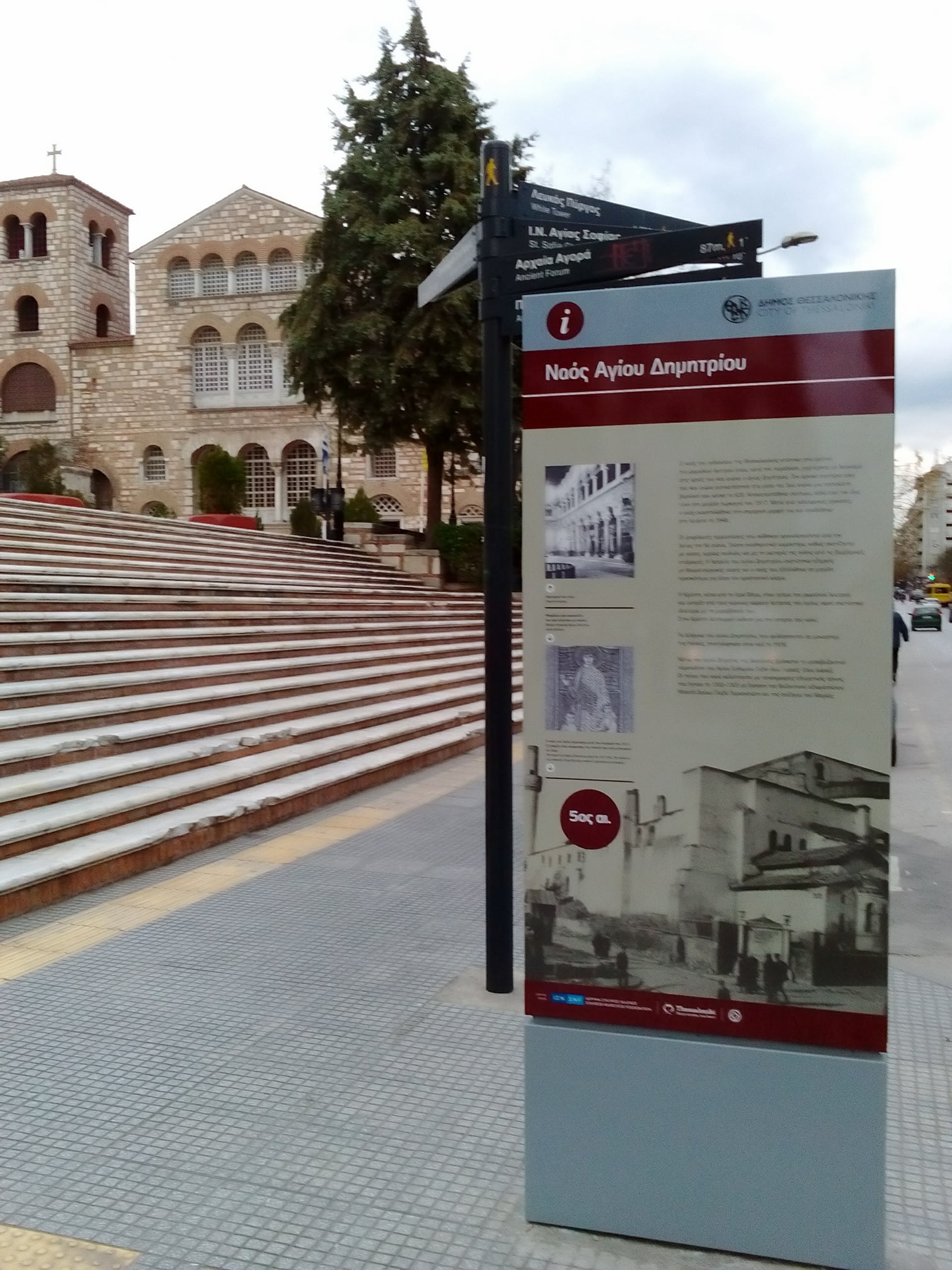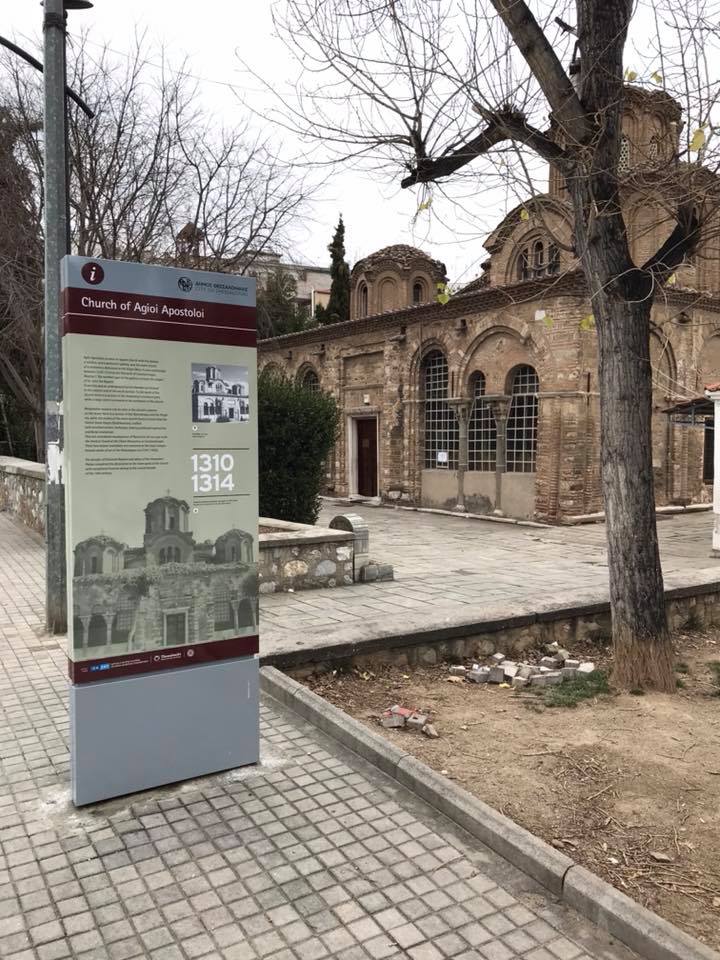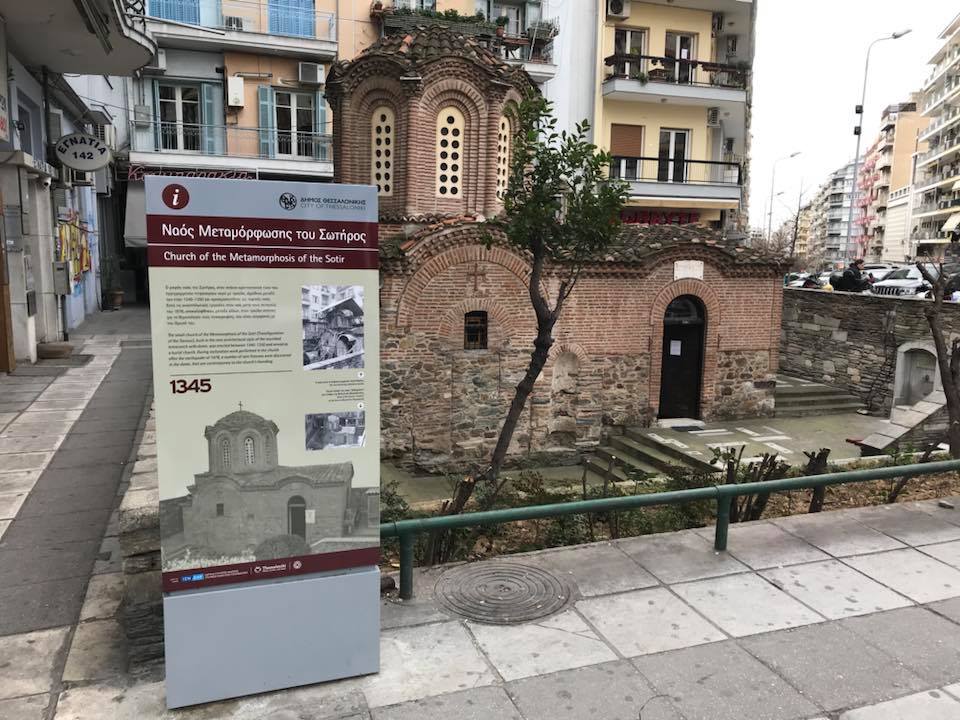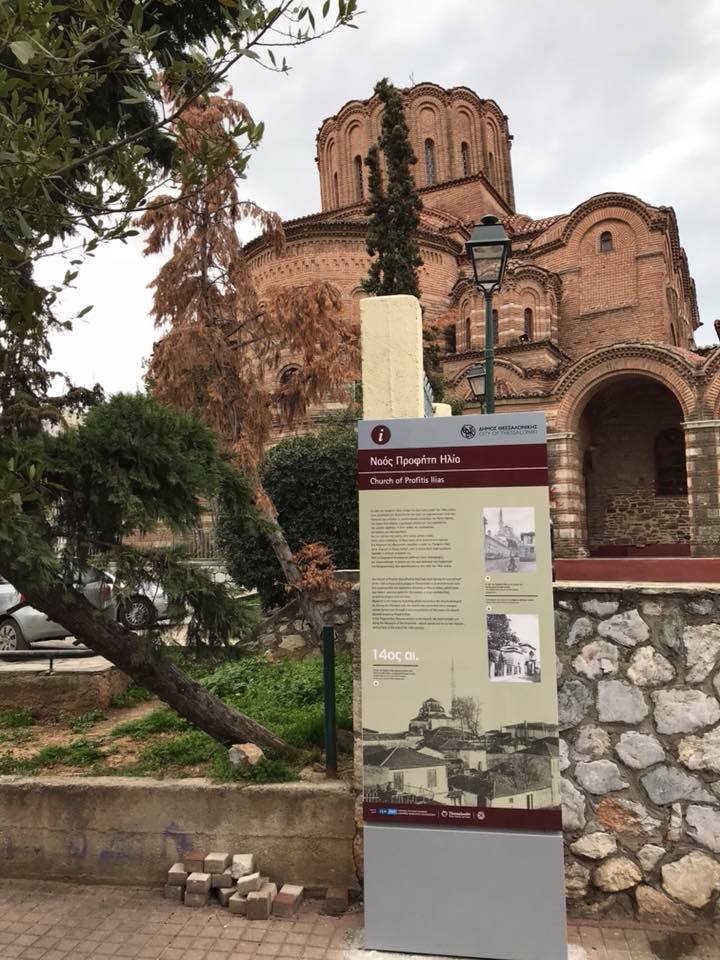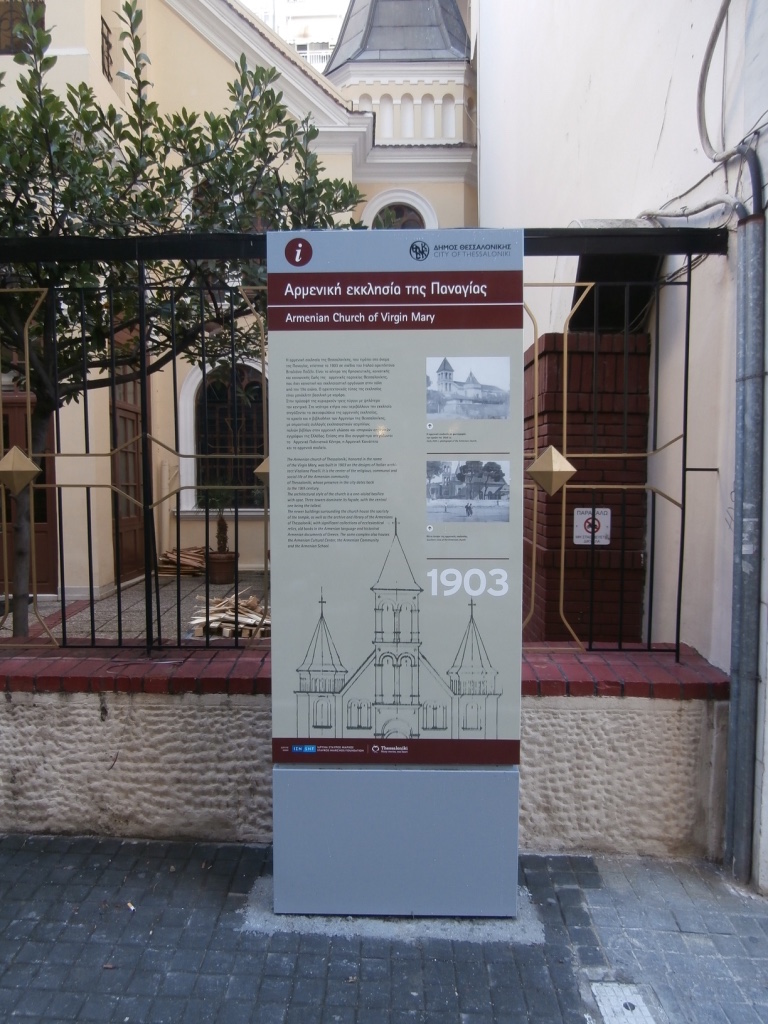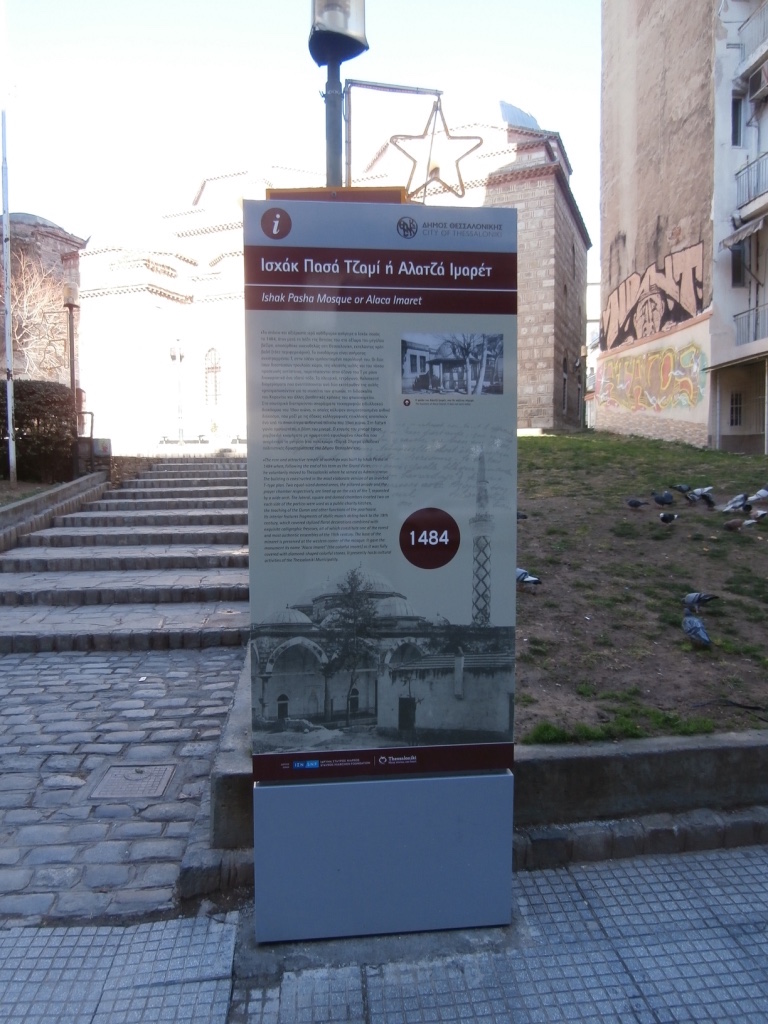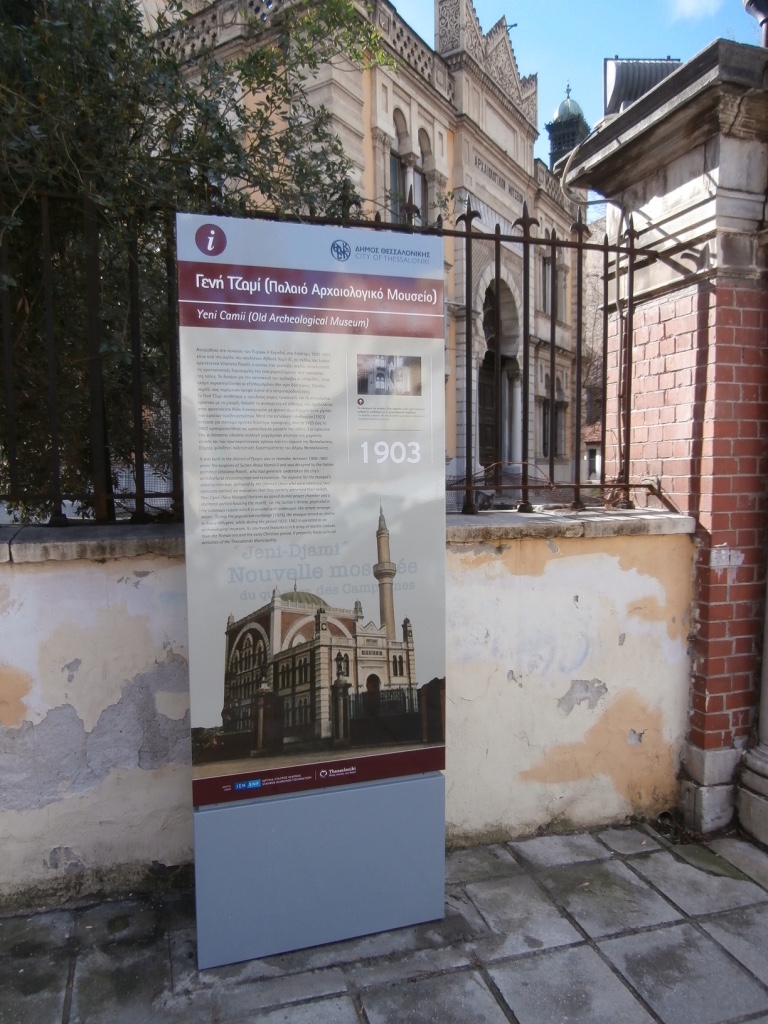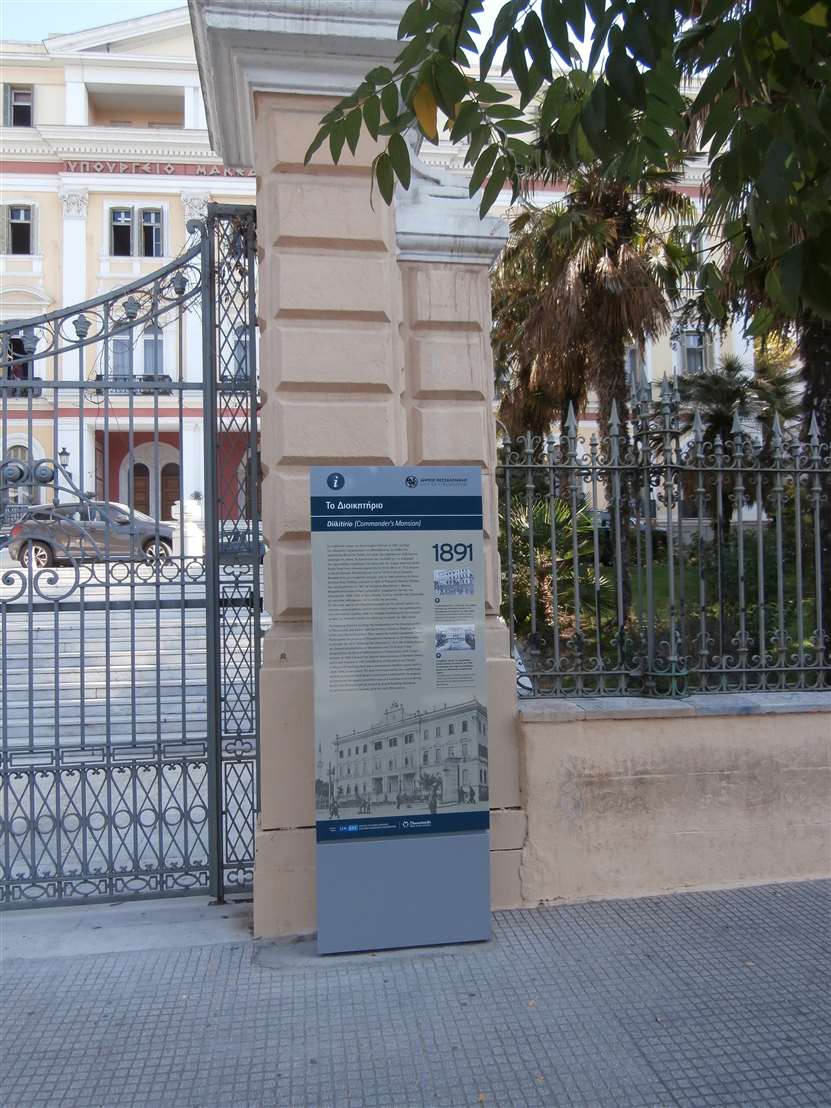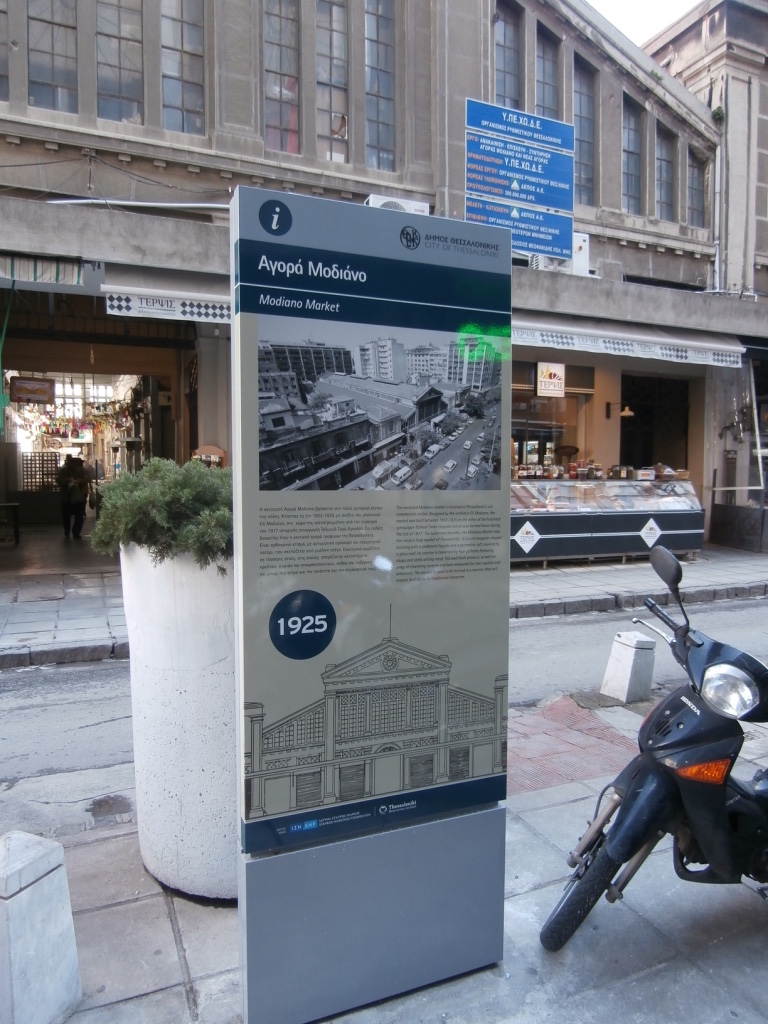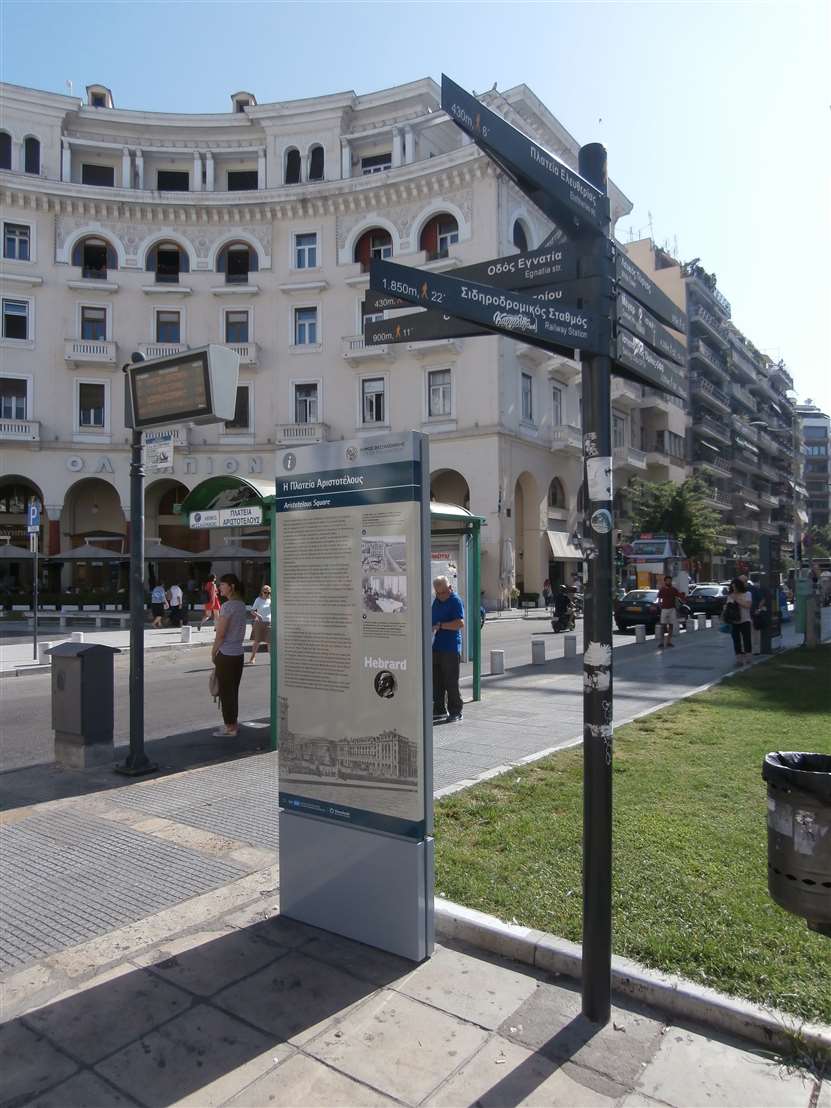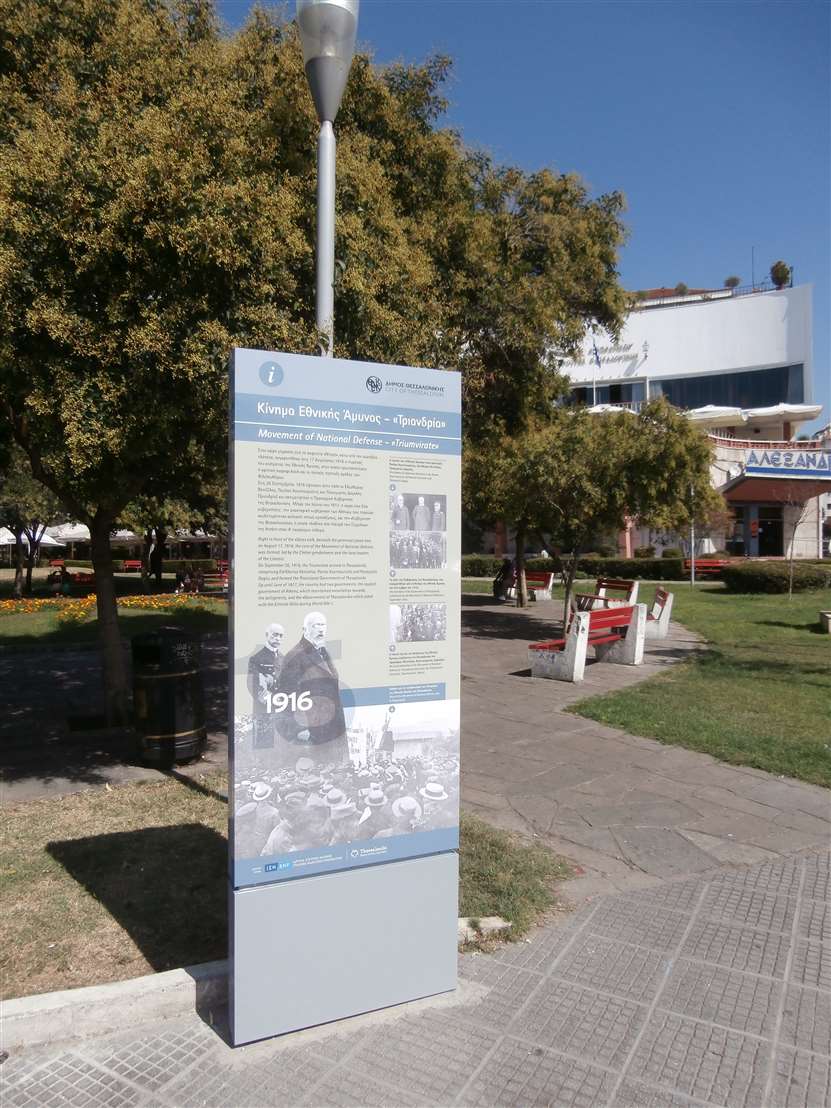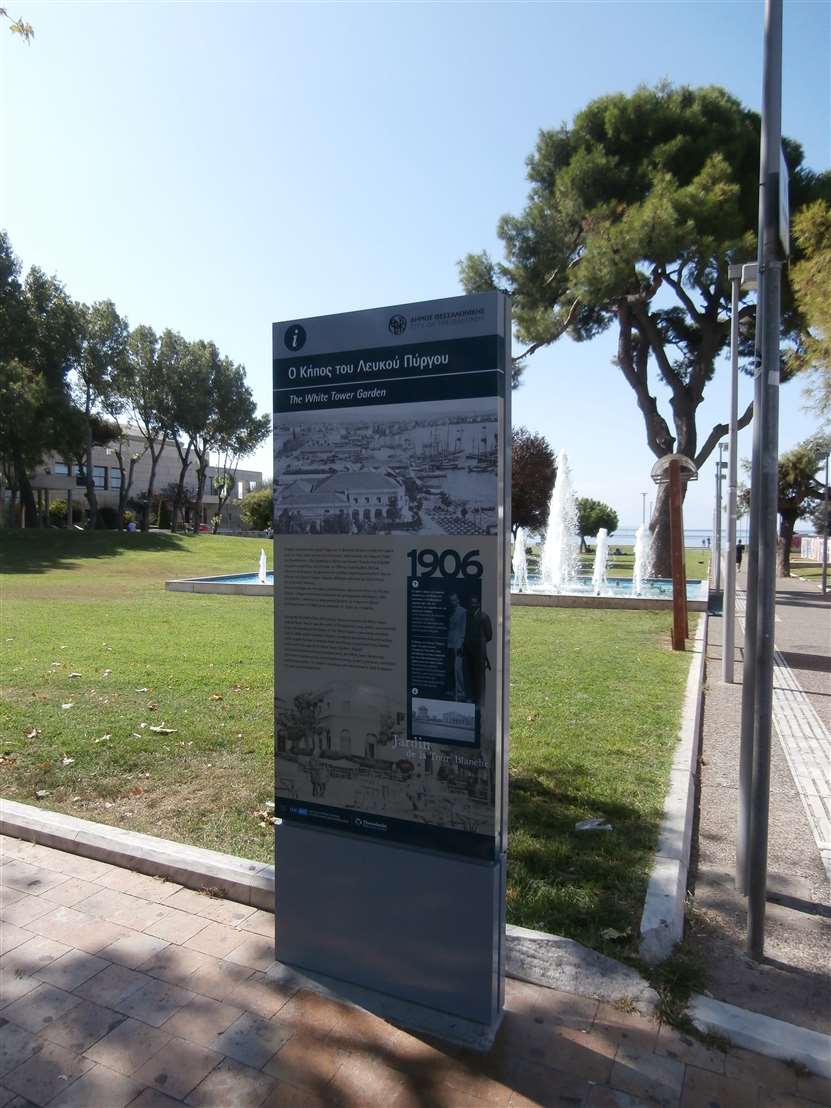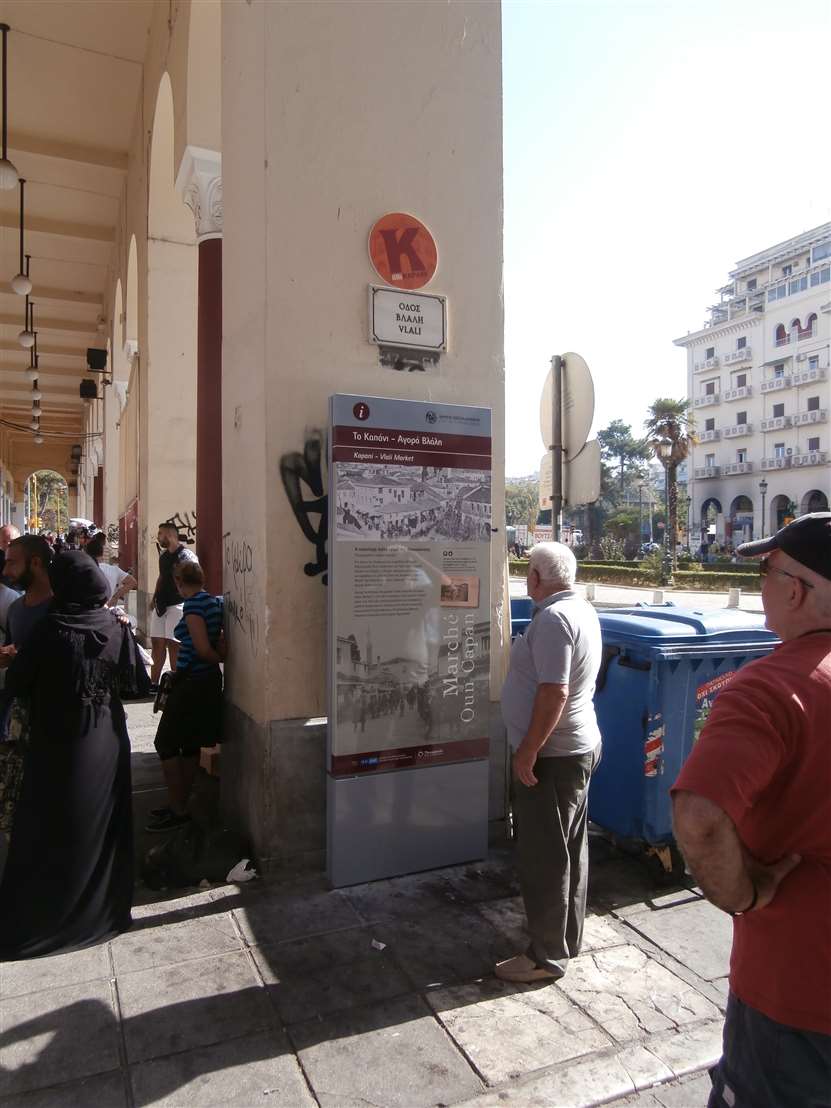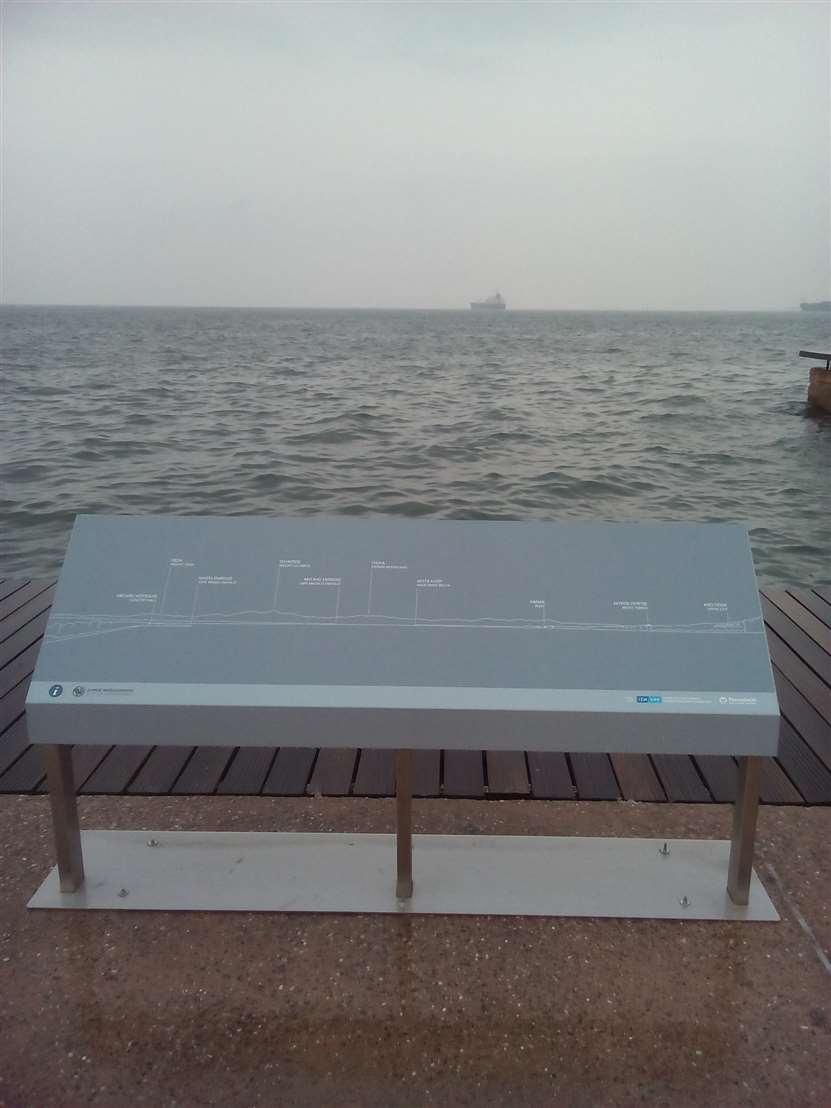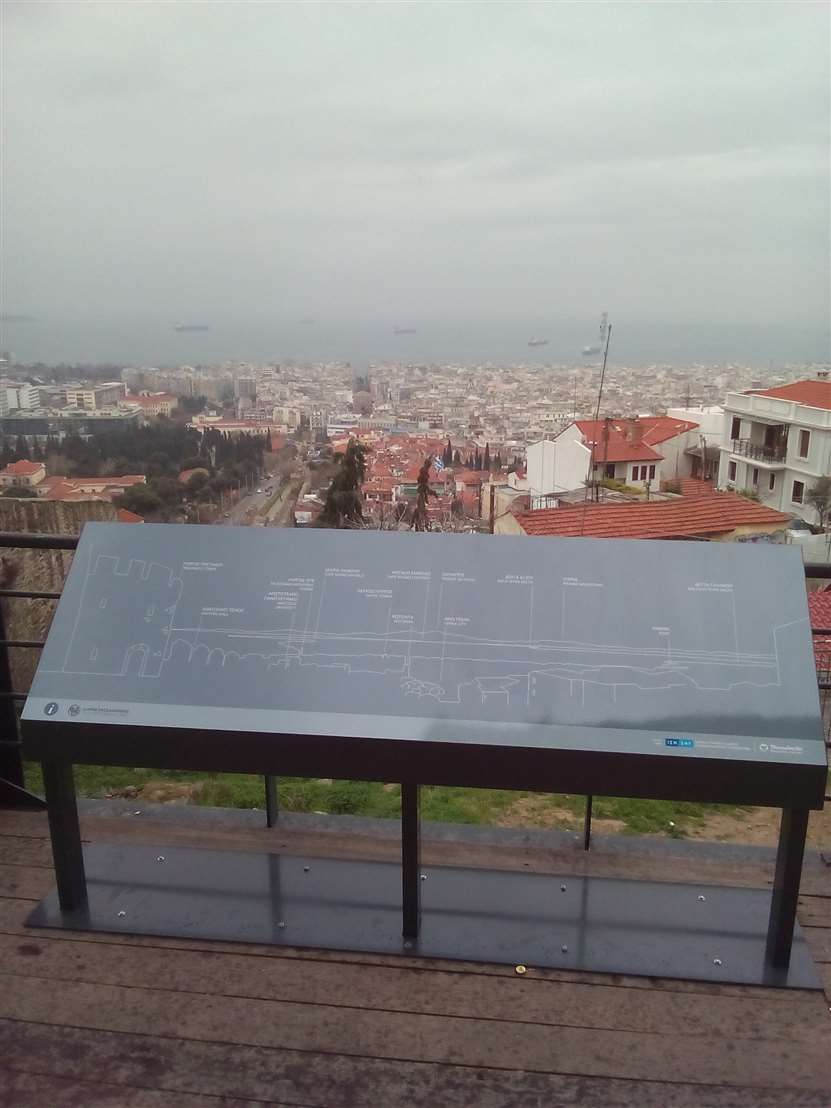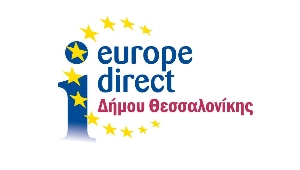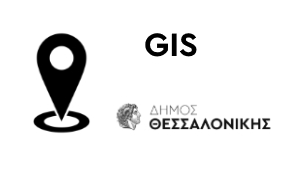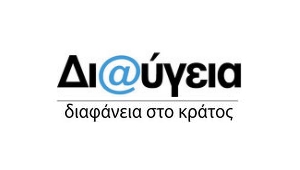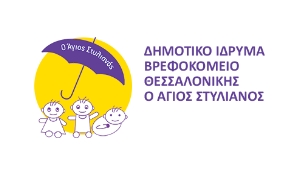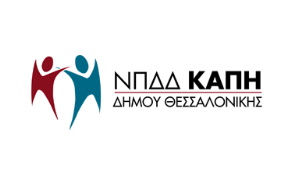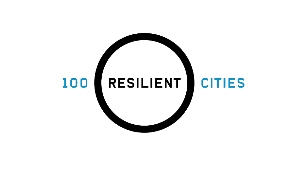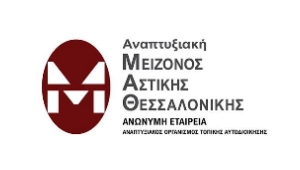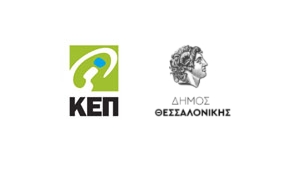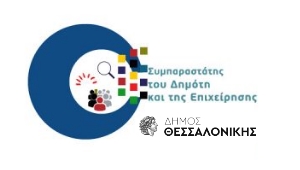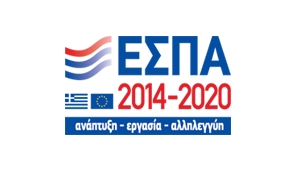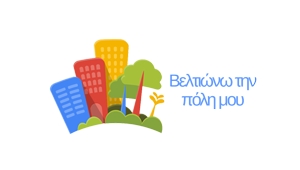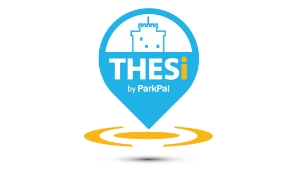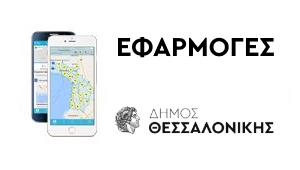The “Markers of Memory” project is an initiative of the Municipality of Thessaloniki, in cooperation with the Thessaloniki Convention Bureau (TCB) and donated by the Stavros Niarchos Foundation.
Thessaloniki is a city with a long historical presence and continuity, during which peoples and cultures have left their imprint and shaped its character and evolution. Monuments, archaeological sites, temples and architectural ensembles, places where important events have taken place, personalities who have shaped its life, are the mosaics that make up its multifaceted history.
An important part of this rich cultural heritage and the greatness of Thessaloniki’s history remains unknown and for this reason it was necessary to remind and present them, not only for visitors but also for residents who wish to know and understand the city and its history. It was therefore particularly important for the city to acquire a network of markers – memory markers of those important places that would act as “sparks of activation of historical memory” and strengthen the connection of visitors and residents with the city, its history and its cultural wealth.
“Memory markers take the city’s history out of the library – where no one looks for it anymore – and onto the streets”
Yannis Boutaris, Mayor of Thessaloniki
In this way, important monuments, places, socio-political events and great personalities who left their mark on the city are identified, analysed and “revealed” to the eyes of the city’s travellers. The marking – information extends from the early Christian and Byzantine monuments of the city, classified as UNESCO World Heritage Sites, to the post-Byzantine churches, the Ottoman monuments, the Jewish monuments, to those important buildings that constitute the unique architectural heritage of the city.
The Memorial Markers are either floor or wall-mounted signs or large analogues. Their content consists of texts, photographs, drawings or engravings in appropriate graphic compositions. They are easy to understand and attractive for the walker, harmonised with the environment and distinct as elements in a single communicative whole, with the aesthetics and identity of a modern but historically significant city.
Donor



